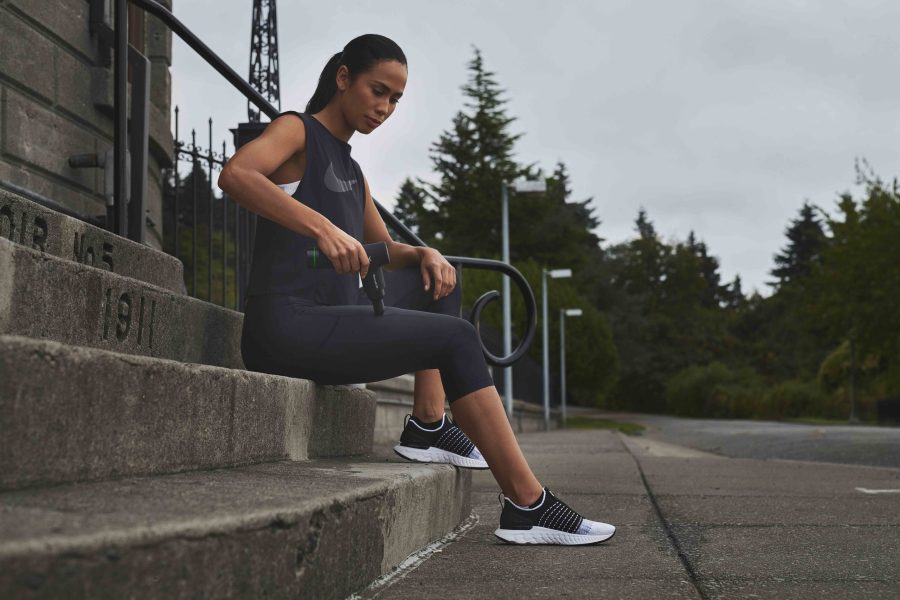Make the most of your rest day with the latest recovery technology and techniques. These garments, gadgets and top tips will help you to speed up your recovery time and improve your overall performance…
By Emma Lewis
Achieving your best is as much about what you do when you’re not training or competing as it is about those gruelling workouts. The pros have known this for a while. However, now the data and technology available to top-level athletes is filtering down to the masses, allowing us to jump on the bandwagon and reap the rewards.
Why do I take so long to recover after a workout?
Frustrated by how long it takes you to recover between workout sessions? It may be worth overhauling what you do in your down time, say the experts.
Here’s why: ‘During an intense workout, our body is under a lot of stress. However, once the workout is over, we need to lower this stress and get back to a balanced state,’ says Lucy Gornall, PT and head of wellness at Pure Sport.
‘We expect our body to be able to handle everything we throw at it. But it needs plenty of TLC to keep functioning at its best. This is so joints can stay mobile, so muscles don’t become too tight and so we aren’t over exercising to the point where it affects our sleep and hormones.’
‘During an intense workout, our body is under a lot of stress. We need to lower this stress and get back to a balanced state’
But most everyday exercisers still tend to overlook the recovery phase. ‘We see more and more “regular” people training like athletes. However, they are not taking the time to properly recover,’ says Kunal Kapoor, founder of StretchLAB.
‘Not only this, but with our modern lifestyle of high stress and long hours spent sitting, damage is being caused that we don’t even realise.’ Kelly Cundell, head of international marketing at OOFOS agrees: ‘Athletes will generally spend twice as much time in active recovery as they will performing.’
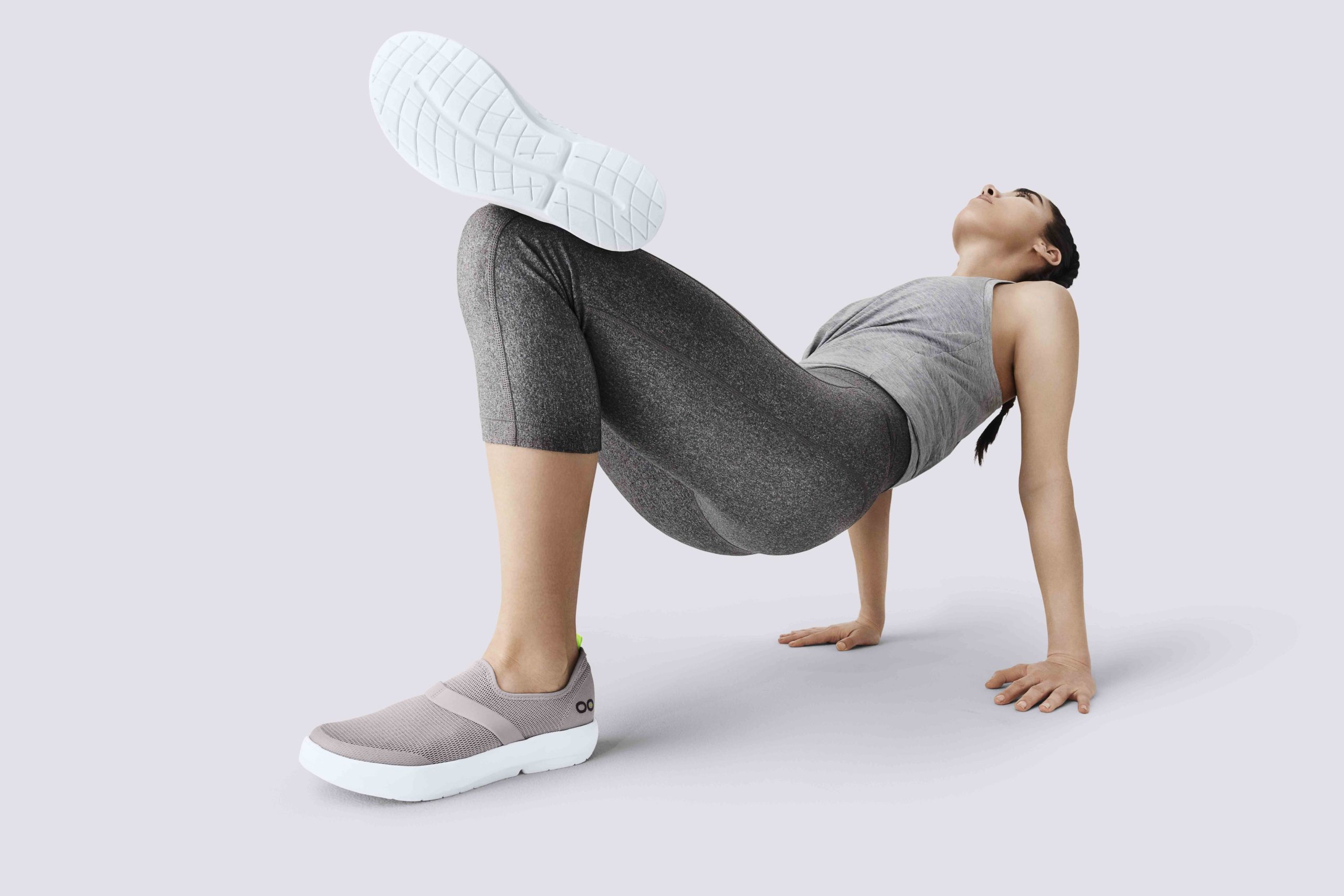
OOFOS Recovery Shoes
1. Wear recovery shoes
You’ve probably experienced aching feet and legs, and a tired body, after a long hike, gruelling run, game of tennis or other high-impact activity. That’s where recovery shoes come in.
Most athletic shoes focus on rebound and springing the foot forwards to produce better performance, says Cundell. However, with OOFOS recovery shoes, it’s all about absorbing more impact (OOfoam absorbs 37 per cent more than traditional footwear foams).
‘The technology used is scientifically proven to reduce stress on the body. It eases sore feet, knees and backs in particular,’ she says. And the super-comfy yet supportive shoes are selling like hotcakes!
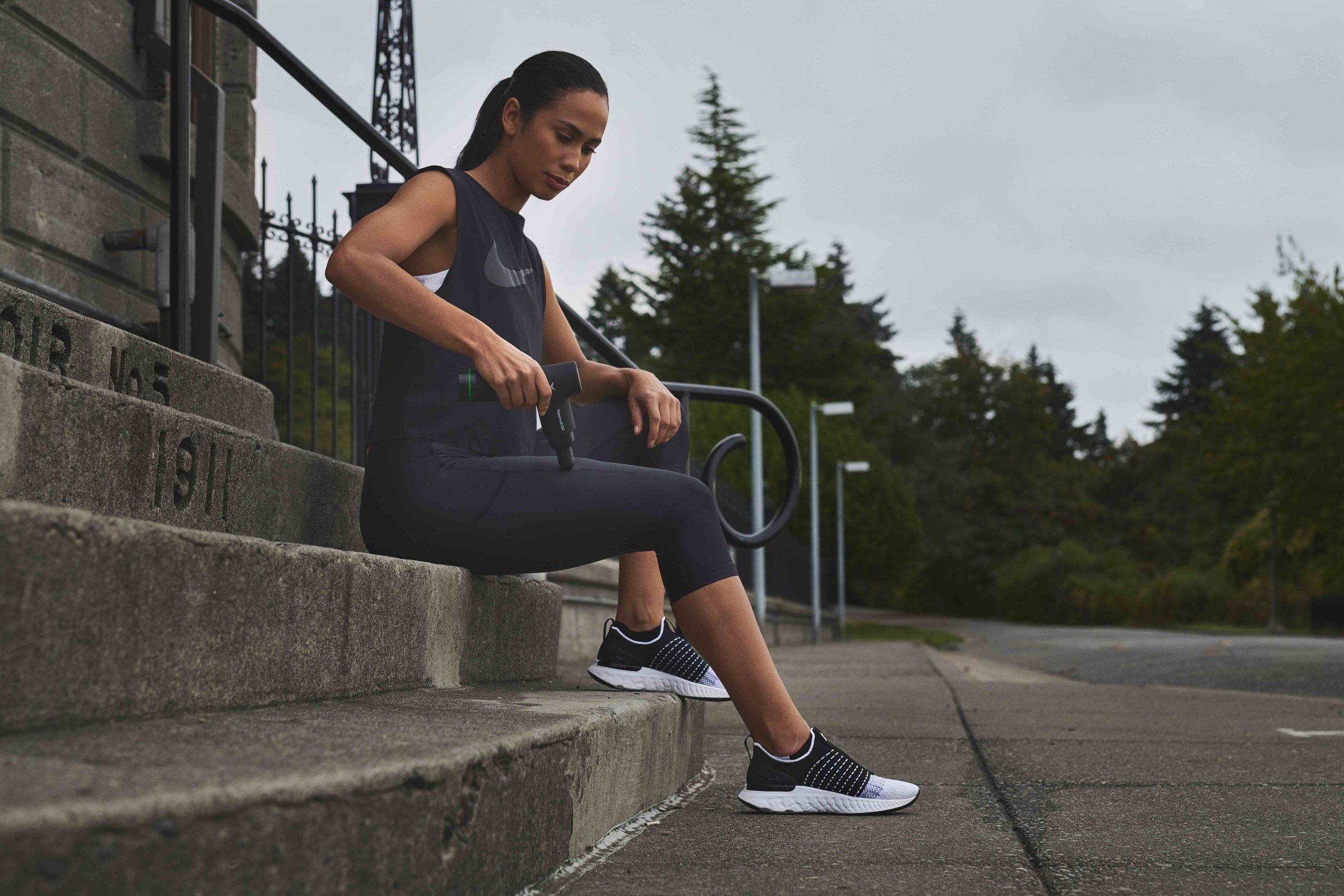
Hyperice Hypervolt (£349)
2. Use high-tech devices
It’s not just clothing that’s pushing the boundaries when it comes to getting us up and running more quickly after our last workout.
High-tech company Hyperice makes handheld percussion massage devices (try the Hypervolt, £349) that send targeted pulses of pressure into muscle and tissue. This helps to relieve muscle pain and stiffness and increase range of motion.
The company also produces vibrating foam rollers (the Vyper 2.0, £189, adds three speeds of vibration to turbo-charge the usual foam-rolling effects of increasing circulation and stretching muscles); compression ice wraps for different body parts (from £60); and even air-compression leg systems (the Normatec 2.0, £995, uses dynamic air compression to create a restorative massage that increases circulation and helps you feel refreshed faster)
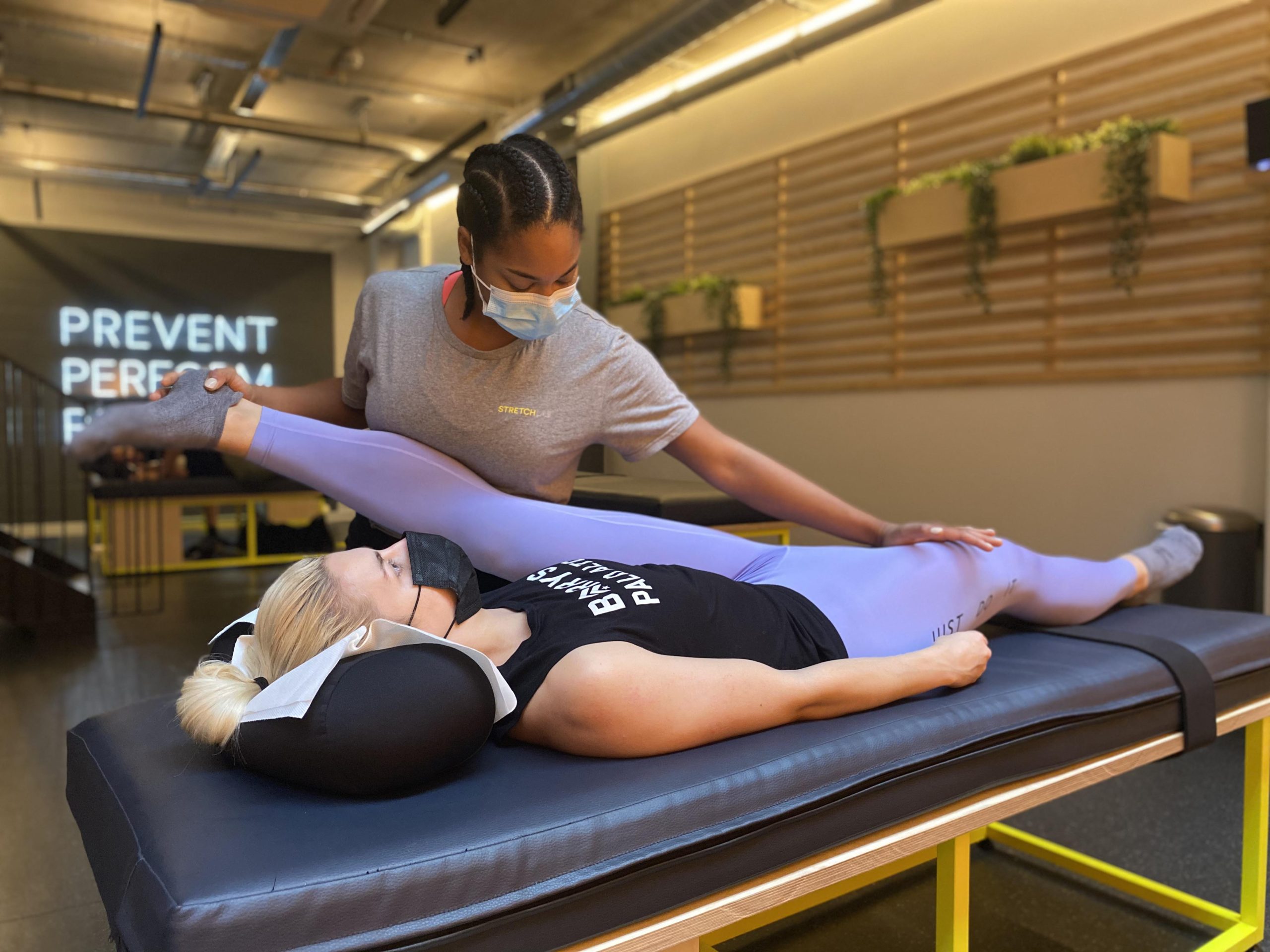
StretchLAB’s one-on-one assisted stretching
3. Try assisted stretching
Let’s be honest: not many of us regularly devote 50 minutes of our precious time to stretching out weary muscles, even though we know it would be good for us. That’s where one-on-one assisted stretching studios such as StretchLAB come in.
Enjoy the benefits of a stretch session that’s longer than you’re likely to do yourself. PLus, someone else will be doing the hard work and making sure it’s all done safely and effectively.
Book a 25- or 50-minute session here (for £28 or £55, respectively) and a ‘stretchologist’ will take you through a series of stretches. This will aid you in building your flexibility and range of motion. Plus, you’re sure to leave feeling loose and relaxed!
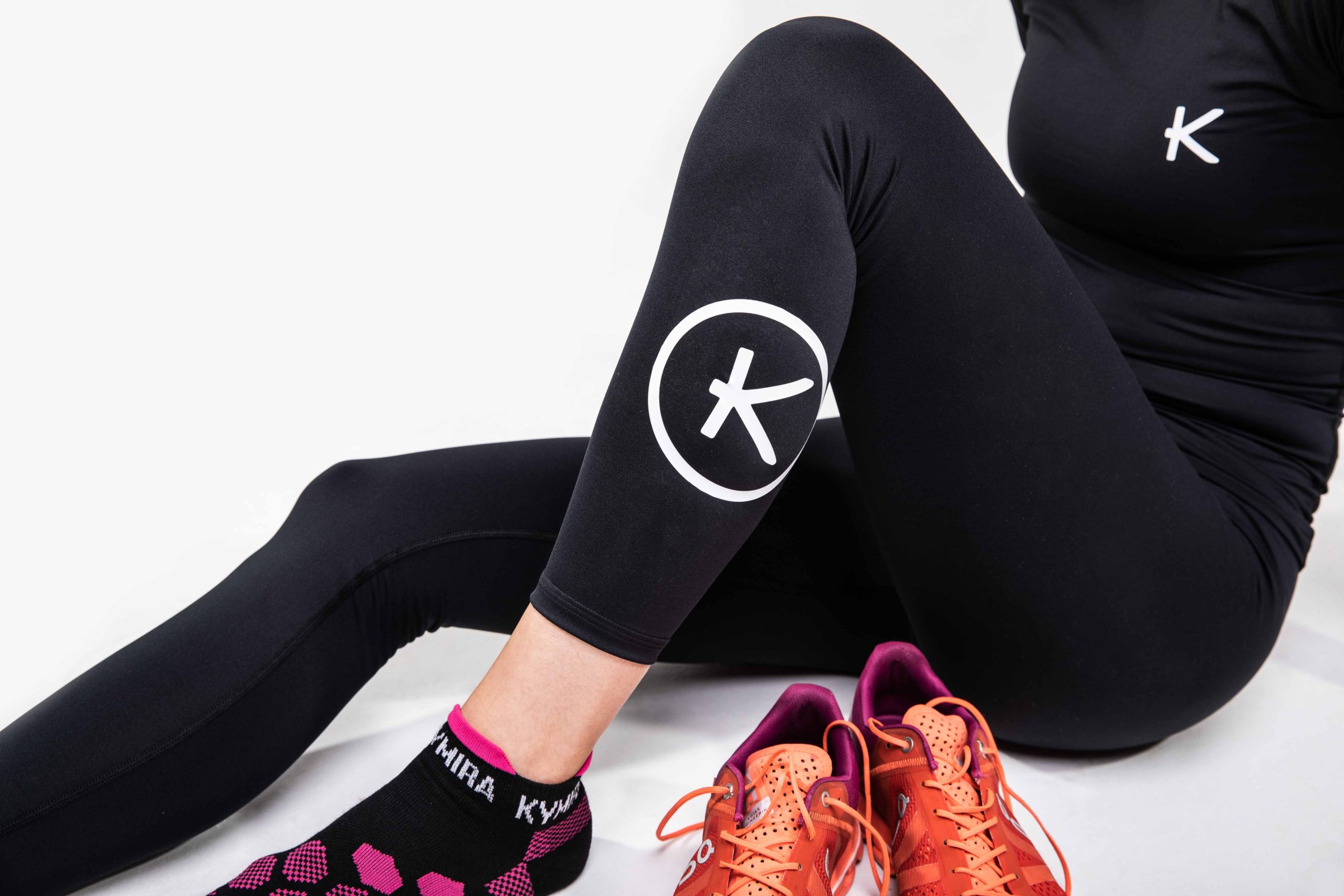
Kymira Sport Women’s Infrared IR50 Leggings (£80)
4. Wear smart garments with recovery technology
While compression clothing and socks have been around for a little while (boosting circulation to help the body get rid of waste products produced by exercise, delivering oxygen and repairing muscles quicker), recovery clothing is getting more high-tech by the minute!
The fabrics used in Kymira Sport’s range of smart recovery garments, for example, capture the body’s wasted heat energy and convert it to a specific wavelength of far infrared radiation (FIR).
This has been proven to boost circulation, cellular metabolism and energy production, and increase tissue oxygen levels by 20 per cent, as well as relieving pain. Pop on a pair of Kymira Women’s Infrared IR50 leggings straight after exercise, and let them get to work.
Then there are Hytro’s garments integrated with blood-flow restriction technology. The patented clothing is scientifically proven to drive muscle growth and accelerate recovery, and features an in-built strap that enables the fast removal of waste products from joints while you rest.
Tightening the straps around the top of your arms or legs allows oxygenated blood to flow into your limbs. However, it restricts the return flow, forcing your body to produce extra recovery and growth hormones and supporting muscle protein synthesis. The technology is proven to reduce muscle soreness by over 50 per cent and speed up recovery a third.
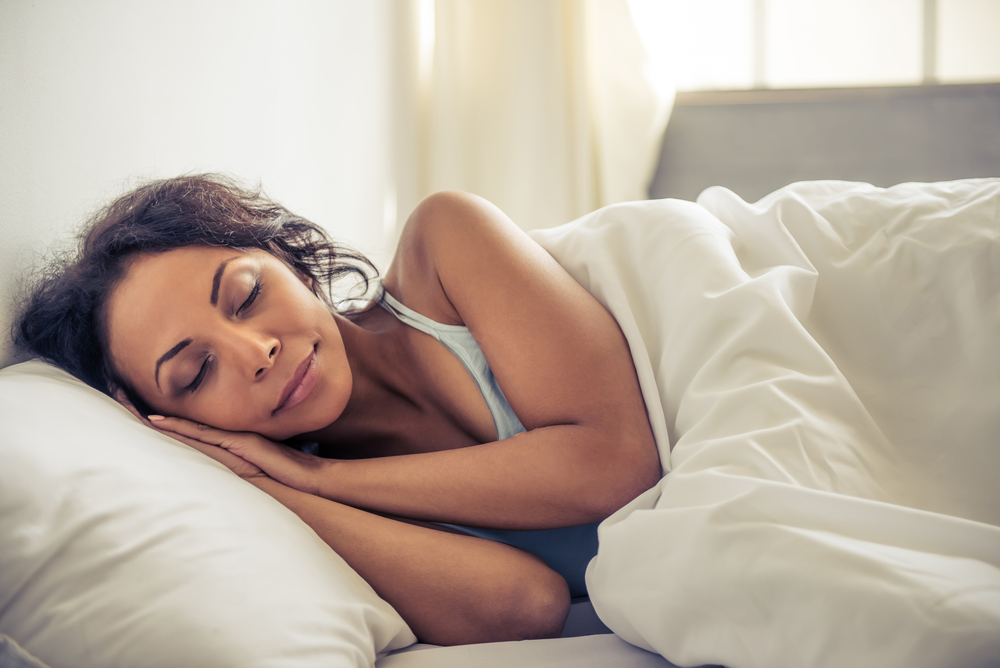
‘Elite athletes often have numerous professionals looking after their training regimes and nutrition. However, sleep is often overlooked.’
5. Overhaul your sleep
Encouraging top athletes to have as much shut-eye as possible is moving way up the agenda as a great way to support and enhance their performance. And, it’s something most of us mere mortals should prioritise, too.
Sleep expert, James Wilson, aka The Sleep Geek, is based at The English Institute of Sport in Sheffield. He works with Women’s Fitness teams, governing bodies and individual athletes on their sleep posture, sleep behaviours and mindset.
He helps them plan competition and training schedules whilst taking into account their sleep, scanning for common sleep disorders and making sure their sleep environment is right.
‘Elite athletes often have numerous professionals looking after their training regimes and nutrition, all looking to get those small gains that can have a real impact on performance. However, sleep is often overlooked or delivered poorly,’ he says.
If you struggle to sleep, you too can tap into Wilson’s expertise, through a series of online sleep-support modules. Visit the website for more information.
WHAT’S IN THE PIPELINE?
Look out for more exciting developments in recovery clothing!
‘Later this year, we will be expanding our range to include sleepwear. This will mean that your favourite pair of PJs can help your body recover, reduce aches and improve your sleep quality,’ says Tim Brownstone, founder of Kymira Sport.
‘In the future, we’ll see technologies such as sophisticated sensors becoming easy to use. We, for example, are building cardiac, blood-pressure and movement-monitoring sensors into tops and leggings.
‘This will help wearers to understand how and why their body responds to different things, not just to feel better. Ultimately, this helps to find exactly what works for each of us, as we are all unique.’

